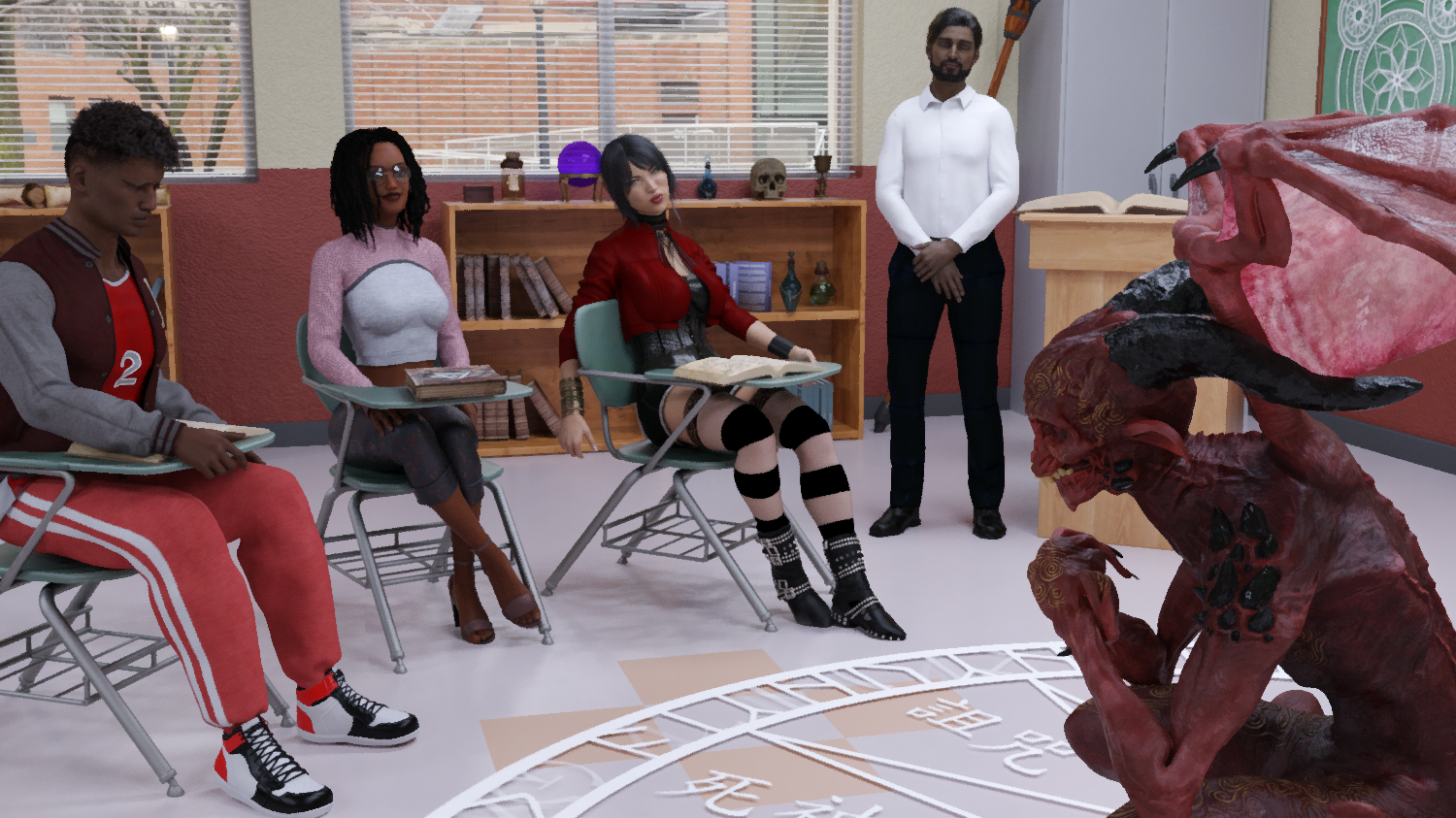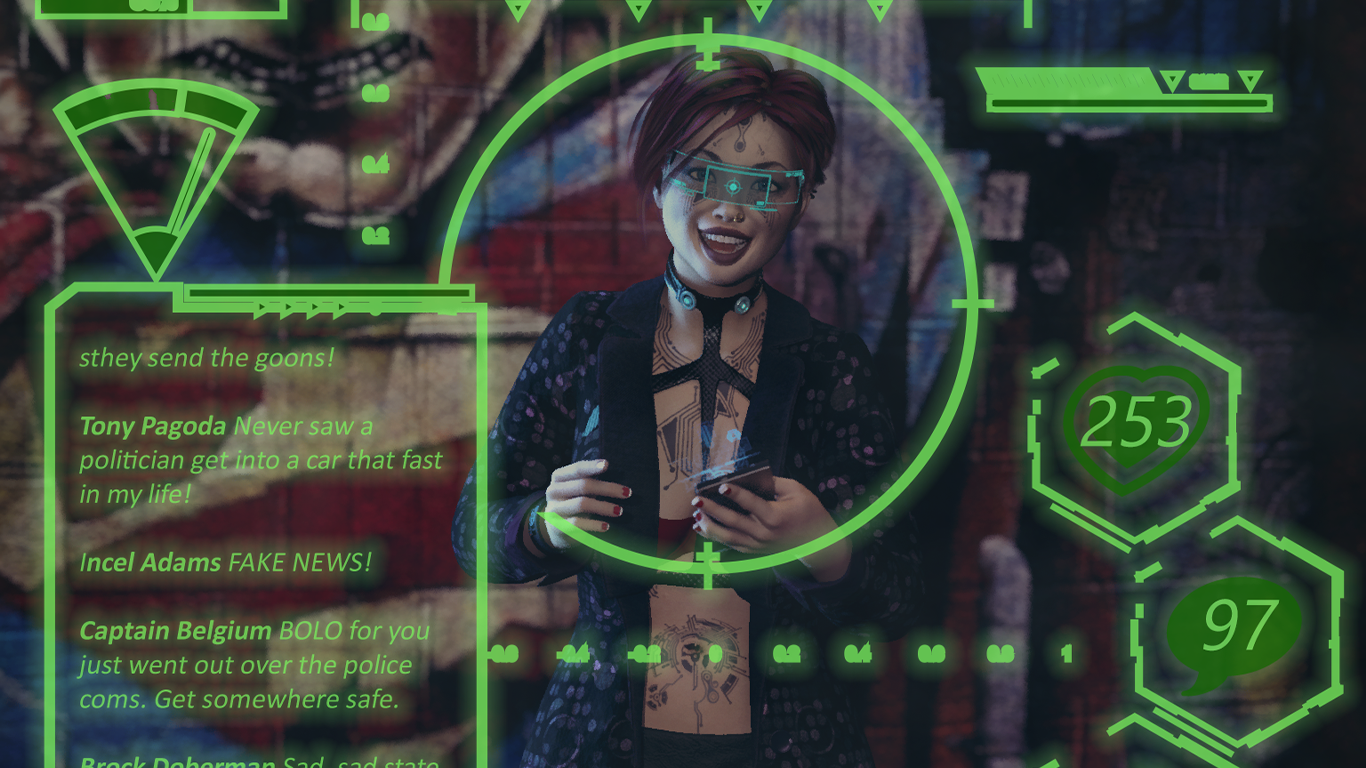We may earn money or products from the companies mentioned in this post.
In case you’re wondering why the blog is late this week, I’ve re-joined the ranks of wage slavery, so new posts will probably be Monday instead of Friday from now on.
In Cinemechanix, every character has a set of character concept traits that allows him to roll a d20 instead of a d12 as his free die. The core concept traits are Role (Job in QAGS terms) and Backstory (which describes the character’s past). Fatal Flaw is also included in the concept section, but usually doesn’t give a player bonuses to rolls. The core rules section also includes the possibility of adding other traits that are specific to the game, so that’s something I needed to go into more detail about in the section about adapting your game.
To help explain what sorts of game-specific traits you might use, I came up with some broad categories to use as examples: Heritage Traits (things like race or species in a fantasy or sci-fi game), Factions (your Hogwart’s house or vampire clan), Secondary Roles (an M-Forcer’s Day Job or a super-hero’s secret identity), Specialization (for games where the core skillset for PCs is relatively uniform, like a game where everyone’s a cop or soldier), and Gimmick (basically a catch-all category for anything else: a super-hero’s power theme, a fantasy character’s weapon of choice, or whatever). The most basic game-specific traits just bump up your default die like Role and Backstory do, but you could also hang one or more special rules on them. For instance, a character might get an extra bonus when using a Specialization or a whole list of advantages and disadvantages that go along with a character race.
One category I went back and forth on and eventually decided to include was Class. It occurred to me that for some kinds of games, you might want a Role-type trait that’s more structured and not quite so open-ended. The best example is probably a wrestling game, where you would have a Class like High Flyer, Bruiser, Luchadore, Technical Wrestler, etc. (with Role describing your ring persona). Classifying super-heroes as Bricks, Energy Blasters, Acrobats, etc. would also fit the Class idea. The problem is that Class and Role (and sometimes some of the other categories) have a lot of overlap and I wasn’t entirely sure that the addition was useful enough to justify the added confusion.
Oddly enough, it was a video game that made me realize the distinction that would clarify things. I’d been playing a city builder game (Clash of Kings, I think) for a few weeks when my tablet broke down, but the emulator I’d downloaded as a temporary replacement wouldn’t run that game, so I downloaded The Walking Dead: No Man’s Land*, which is basically Clash of Whatever with zombies instead of elves and shit. You build up your survivor camp and send your people out to fight zombies so they can collect weapons and food and, strangely, gold. Each character has a class like “Shooter” or “Hunter” or “Scout” that basically describes how they fight: how many hit points they have, what kind of weapons they use, etc. I think there are five classes in all, and they’re purely about how the character works in the game system. If I were running a Cinemechanix game based on the Walking Dead where character did things other than fight, the classes would be way too limited and non-descriptive to work as Roles, and would only tangentially related to how the character fits into the story, but they still might be useful.
The realization about game design that came out of this is that there’s a difference between how the character fits into the story and how he fits into the game. In most games with a class-type character trait, it tries to represent both, which often leads to weirdness. In early versions of D&D (especially Basic), classes were mostly a rules construct–you could describe your fighter as a viking or a knight or whatever you wanted–but even then there was some overlap. Kits in 2nd Edition kind of worked as the version of class that describe the character in story terms, but since the core classes were so structured it sometimes got kind of weird when the core class abilities didn’t make much sense for the kit.
Anyway, the distinction I ended up making for the class trait is that the class trait is purely a game construct that doesn’t necessarily have any explicit meaning within the game world. Rick Grimes might refer to himself a Shooter, but probably not because it would use up valuable time that he could spend moping and making terrible decisions. Class is purely a game mechanics side thing, and one way to use it is to give players access to those “special snowflake” type rules that I mentioned last week. Just create a class and connect them with special rules or bonuses for specific things that you know are going to happen in the game. For example, and M-Force game may have classes like “Monster Expert,” “Investigator,” “Tactician,” “Medic,” “Marksman,” and “Monster Rassler,” each with special abilities nobody else gets. Since the player can still describe how the character fits into the story using Role, you break the characters up into game-based types without limiting them by trying to squeeze the game stuff and the story stuff into a single trait.
*If you happen to play, my (currently one-man) Guild is called the Red Rock** Regulars. If you’re looking for a Guild, join it!
**Red Rock was the name of the comic store where I worked with Robert Kirkman before he became the Zombie King, so it seemed appropriate.
I have a day job now, but I’ll still happily accept your money on Patreon.





